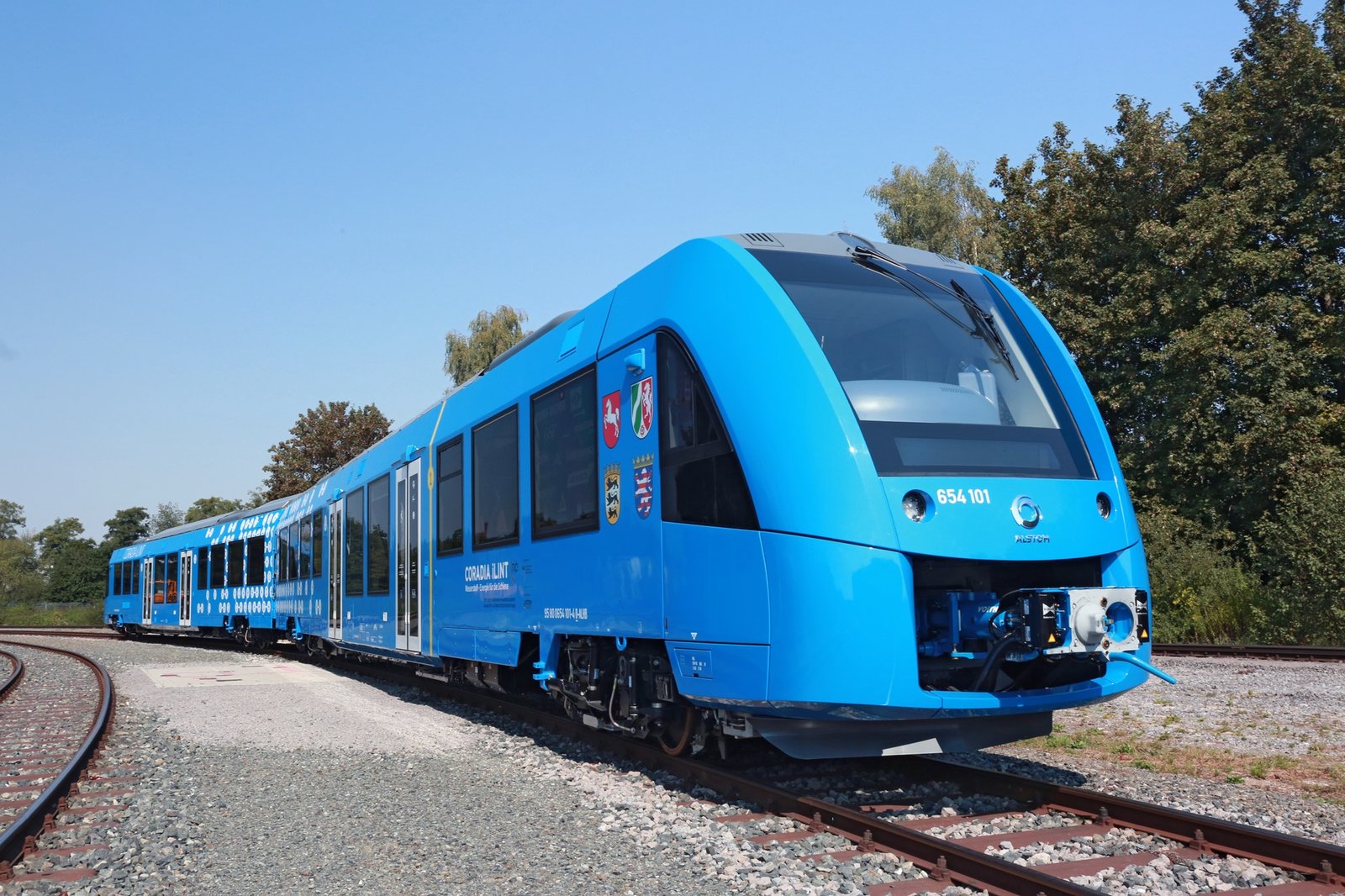A greener future for Britain’s regional rail lines

In a historic step toward sustainable public transport, Wales has officially launched its first hydrogen-powered passenger trains. The move, part of a broader UK-wide green transport initiative, positions the region at the forefront of eco-conscious rail innovation.
Operated along selected routes in North Wales, the new trains produce zero emissions at the point of use, emitting only water vapour. They have been specially retrofitted to suit the hilly Welsh terrain and rural infrastructure, combining clean technology with the robustness required for regional routes.
Hydrogen trains use a fuel cell to combine hydrogen with oxygen, generating electricity that powers the traction motors. Unlike diesel, there is no combustion involved. Instead, the only by-product is water — making the system nearly silent and pollution-free.
Each hydrogen train can travel up to 600km on a single tank, making them ideal for rural and non-electrified lines, which still make up 42% of the UK rail network.
The initiative is part of the Welsh Government’s broader commitment to a zero-carbon transport system by 2050. Transport Minister Eluned Morgan stated that the launch "marks a transformative moment in our rail ambitions." As the UK’s first hydrogen train pilot outside England, the move carries symbolic weight.
While Scotland and parts of Northern England have begun trials with hybrid and battery-electric rail vehicles, Wales has opted for full hydrogen deployment on key routes, including the scenic Conwy Valley and Wrexham-Bidston lines.
Early responses from passengers and local councils have been overwhelmingly positive. For residents in communities previously underserved by electrification projects, hydrogen trains offer a quieter, smoother, and cleaner ride — and a sense of being included in the green transition.
According to a local survey, 68% of North Wales passengers preferred the hydrogen trains over traditional diesel in terms of ride comfort and noise levels.
Despite the optimism, the rollout is not without its challenges. Hydrogen production remains energy-intensive, and most of the UK’s hydrogen is currently "grey" — produced from fossil fuels. However, pilot projects in Pembrokeshire are experimenting with wind-powered electrolysis, aiming for fully green hydrogen by 2027.
Infrastructure is another hurdle. Fueling stations must be built or upgraded along routes, and maintenance depots require significant retrofitting. Still, Transport for Wales insists the long-term savings and environmental gains justify the upfront cost.
With success in Wales, pressure may mount on other parts of the UK to follow suit. The Department for Transport has hinted at expanding funding for hydrogen rolling stock if the Welsh model proves economically viable over a three-year evaluation period.
Join thousands of UK professionals who count on Zaheloe for fresh insights, market trends, and expert analysis — your daily advantage in a rapidly evolving world.
Begin Your Journey NowThis launch, then, is more than a local story. It signals a quiet — or rather, whisper-quiet — revolution in how Britain moves people across its countryside. And in a year marked by climate urgency and net-zero targets, it couldn’t have arrived at a better time.
By switching just three major routes from diesel to hydrogen, the UK could cut rail-related carbon emissions by up to 12% annually.